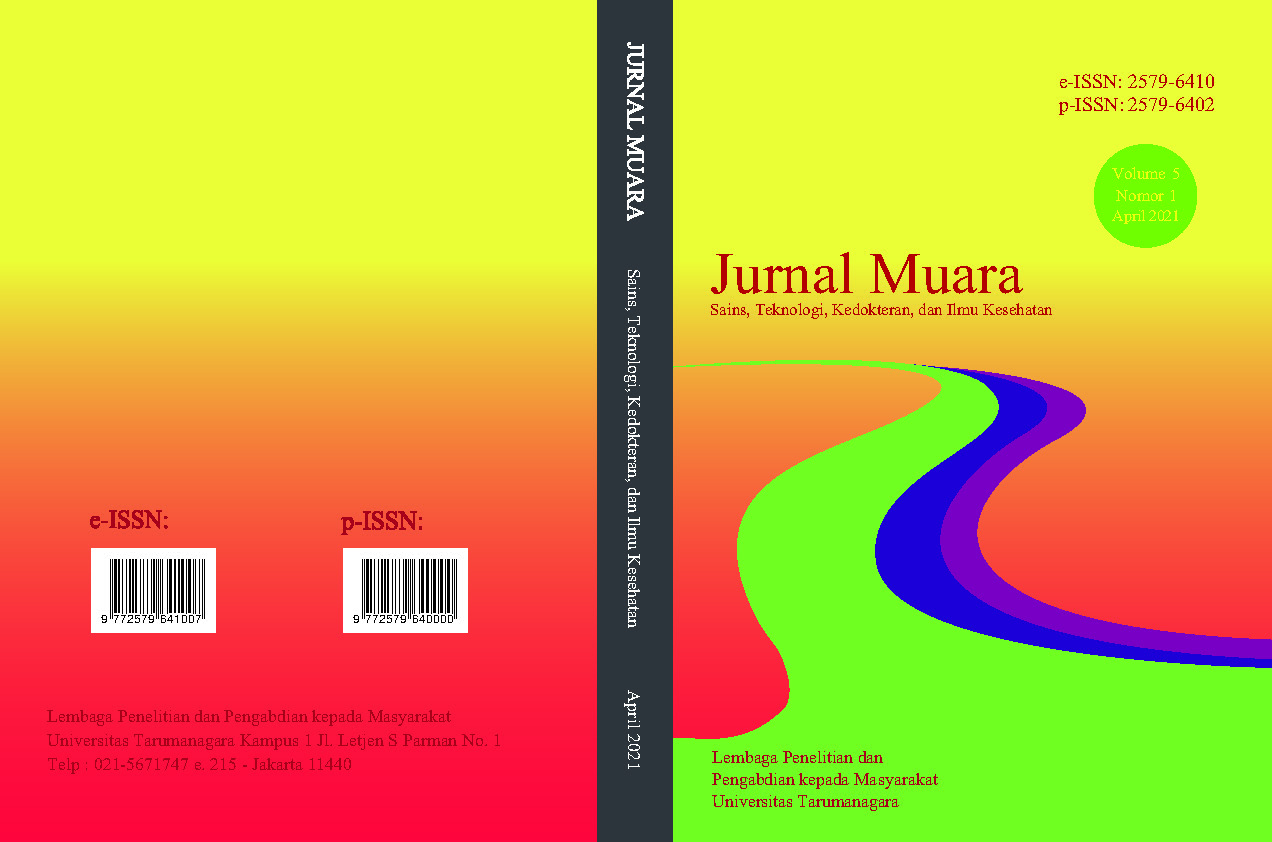PENERAPAN MODEL INTEGRASI FUZZY SERVQUAL-IPA-QFD DALAM ANALISIS KUALITAS LAYANAN STASIUN GAMBIR
Main Article Content
Abstract
Public transportation has been regarded as one of the most sustainable forms of transport in Indonesia. Indonesian Railways serves as one of choice transportation mode and the biggest transportation service company. Gambir Central Station is the busiest railway platform where large number of people spend considerable amount of time, while waiting to board a train, alighting from a train, to receive/ send off a passenger, or to buy a ticket. The passengers must have a satisfactory experience of the amenities available at platforms, irrespective of their duration or purpose of stay at a railway station. This study aims to assess the satisfaction level of the passengers and to improve the existing service quality of the station. The integrated model of fuzzy SERVQUAL, IPA and QFD is applied in this study. The fuzzy SERVQUAL is used to assess the level of passengers’ satisfaction. Furthermore, the Importance Performance Analysis (IPA) method is used to find out the attributes that must be improved. The Quality Function Deployment (QFD) method is used to determine the appropriate efforts/strategies to improve those attributes. To meet the passengers’ needs, Gambir Central Station should install a hygiene signboard, conduct training of officers, and add greening areas.
Keywords: Service quality, Fuzzy SERVQUAL, IPA, QFD, Railway station
Abstrak
Angkutan umum telah dianggap sebagai salah satu bentuk transportasi paling berkelanjutan di Indonesia. Kereta Api Indonesia menjadi salah satu moda transportasi pilihan dan perusahaan transportasi terbesar. Stasiun Gambir adalah stasiun tersibuk di mana banyak orang menghabiskan banyak waktu, menunggu untuk naik kereta, turun dari kereta, keluar/masuk penumpang, atau membeli tiket. Penumpang harus memiliki pengalaman yang memuaskan tentang fasilitas yang tersedia di stasiun, terlepas dari durasi atau tujuan mereka tinggal di stasiun kereta api. Penelitian ini bertujuan untuk menilai tingkat kepuasan penumpang dan meningkatkan kualitas pelayanan stasiun yang ada. Model terintegrasi fuzzy SERVQUAL, IPA dan QFD diterapkan dalam penelitian ini. Fuzzy SERVQUAL digunakan untuk menilai tingkat kepuasan penumpang. Selanjutnya, Importance Performance Analysis (IPA) digunakan untuk mengetahui atribut-atribut yang harus ditingkatkan. Metode Quality Function Deployment (QFD) digunakan untuk menentukan upaya/strategi yang tepat untuk memperbaiki atribut tersebut. Untuk memenuhi kebutuhan penumpang, Stasiun Gambir harus memasang papan tanda kebersihan, melakukan pelatihan petugas stasiun, dan melakukan penambahan area penghijauan.
Article Details
This work is licensed under a Jurnal Muara Sains, Teknologi, Kedokteran dan Ilmu Kesehatan Creative Commons Attribution-ShareAlike 4.0 International License.
Authors transfer copyright or assign exclusive rights to the publisher (including commercial rights)
References
Akao, Y. (1988). Quality Function Deployment QFD, Integrating Customer Requirements into Product Design, Productivity Press, Portland, Oregon.
Amstrong, J., & Preston, J. (2017). Capacity utilization and performance at railway stations. Journal of Rail Transport Planning & Management, 7(3), 187-205.
Bakti, I.G.M.Y., Rakhmawati, T., Sumaedi, S., & Damayanti, S. (2020). Railway commuter passenger’ perceived service quality: Hedonic and utilitarian framework. Transportation Research Procedia, 48, 207-217.
Cascetta, E., & Carteni, A. (2014). The hedonic value of railways terminals. A quantitative analysis of the impact of stations quality on travellers behaviour. Transportation Research Part A: Policy and Practice, 61, 41-52.
Deveci, M., Oner, S.C., Canitez, F., & Oner, M. (2019). Evaluation of service quality in public bus transportation using interval-valued intuitionistic fuzzy QFD methodology, Research in Transportation Business & Management, 33, 100387.
De Ona, J., De Ona, R., Eboli, L., & Mazzulla, G. (2015). Heterogeneity in perceptions of service quality among groups of railway passengers. International Journal of Sustainable Transportation, 9(8), 612-626.
Eboli, L., Forciniti, C., & Mazzulla, G. (2018). Spasial variation of the perceived transit service quality at rail stations. Transportation Research Part A: Policy and Practice, 114, 67-83.
Ghosh, P.G., Ojha, M.K., & Geetika. (2017). Determining passenger satisfaction out of platform-based amenities: A study of Kanpur Central Railway Station. Transport Policy, 60, 108-118.
Hair, J.F., Black, W.C., Babin, B.J., & Anderson, R.E. (2010). Multivariate Data Analysis. 7th Edition, Pearson, New York.
Hundal, B.S., & Kumar, V., 2015. Assessing the service quality of northern railway by using Servqual model. Pacific Business Review International, 8(2), 82-88.
Lai, W., & Chen, C. (2011). Behavioral intention of public transit passenger – the role of service quality, perceived value, satisfaction and involvement. Transport Policy, 18(2), 318-325.
Liou, Y., & Tsao, W.Y. (2010). A study on the service model of public transportation: Taiwan Railways vs. Taiwan High Speed Rail Corporation. International Journal of Service Science,1(2), 32-42.
Martilla, J., & James, J. (1977). Importance Performance Analysis. Journal of Marketing, 41(1),77-79.
Maruvada, D. P., & Bellamkonda, R. S. (2010). Analyzing the passenger service quality of the Indian railways using Railqual: Examining the applicability of fuzzy logic. International Journal of Innovation, Management and Technology, 1(5), 478-482.
Ojha, M.K. (2020). Quality of service delivery at railways platforms: A case of Allahabad junction railway station. Case Studies on Transport Policy, 8, 1087-1095.
Parasuraman, A., Zeithaml, V., & L. L. Berry, L.L. (1986). SERVQUAL: A multiple-item scale for measuring customer perceptions of service quality. Journal of Retailing, 64(1), 12-40.
Sukwadi, R., Yang, C.C., & Fan, L. (2012). Determining the priority of critical service attributes: An integrated model and an empirical case study in the higher education sector. Service Science, 4(4), 308-319.
Sukwadi, R., & Jufina. (2015). Penentuan prioritas perbaikan kualitas layanan TransJakarta dengan menggunakan metode IPA-PGCV. Jurnal Rekayasa Sistem Industri, 4(2), 64-69.
Sukwadi, R., & Teofilus, G. (2015), Behavioral intention penumpang KRL Commuter Line Jabodetabek. Jurnal Teknik Industri JATI, 10(2), 71-76.
Sukwadi, R., Yang, C.C., & Benny. (2014). Integrasi fuzzy AHP-TOPSIS dalam evaluasi kualitas layanan elektronik rumah sakit. Jurnal Teknik Industri: Jurnal Keilmuan dan Aplikasi Teknik Industri, 16(1), 25-34.
Tannady, H. (2018). Mengkaji kepuasan pelanggan terhadap kualitas layanan e-commerce dengan menggunakan metode Importance Performance Analysis 3 Dimensi. Journal of Business & Applied Management, 11(2), 116-238.
Wilujeng, F. R., Rembulan, G. D., Andreas, D., & Tannady, H. (2019). Meningkatkan kepuasan pelanggan pada dua bisnis e-commerce terbesar di indonesia dengan menggunakan analisis Servqual dan IPA. SEMNASTEK-Seminar Nasional Sains dan Teknologi, hal 1-9.



